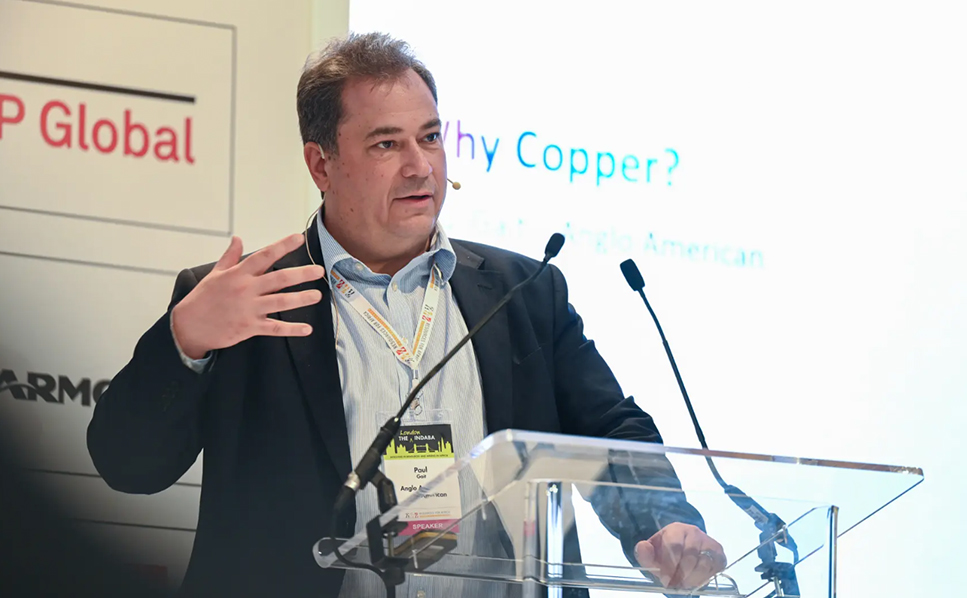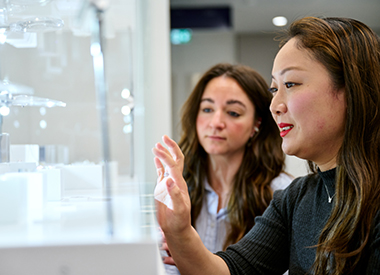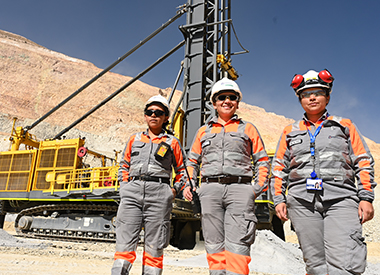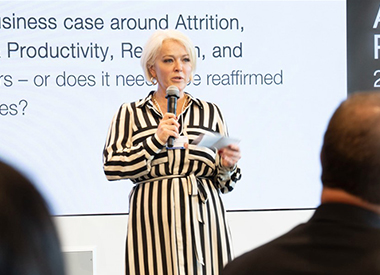Anglo American was again a proud industry sponsor of the London Mining Indaba this year, as we have been since the inaugural event in 2023. The conference brought together industry leaders, policymakers and investors to discuss the future of mining and critical minerals, placing a spotlight on Africa’s pivotal role in providing these materials to the world – with copper among them.
Participating in the panel discussion “Why Copper” alongside Vedanta Base Metals CEO, Chris Griffith, and First Quantum Minerals CEO, Tristan Pascall, Anglo American’s Group Head of Strategy, Paul Gait, underscored the burgeoning demand for the red metal in bridging the development gap that currently exists between the developing and the developed world.
“15% of the global population has for the last 200 years or more, accumulated 80% to 90% of the output of all raw materials, embedded them in the physical capital of their countries, and have seen prodigious growth,” said Paul.
“When we talk about some of the challenges around decarbonisation and AI, all of which are incredibly important, we have to put that in the context of this – the broad development gap that currently exists between the developing and the developed world, and that any transition, whether green or otherwise, at the same time has to be equitable.”





